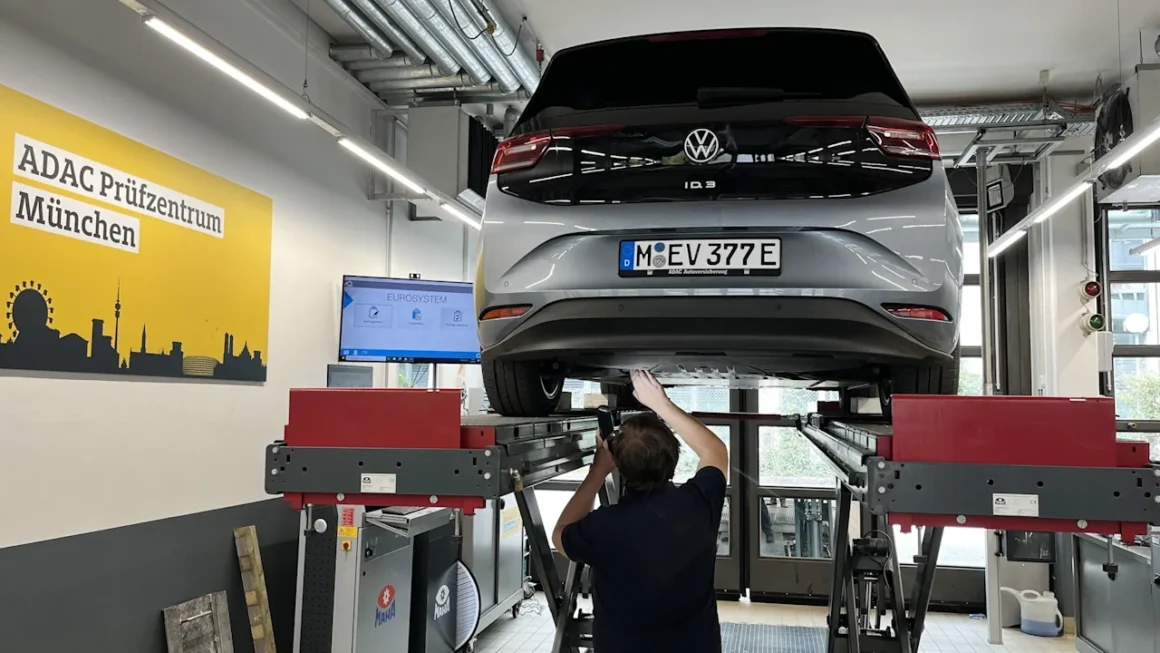After four years and more than 160,000 kilometres, testing done of the Volkswagen ID.3 in Germany shows that the 77kW battery is still going strong, boasting a net capacity of 91 per cent.
The testing was conducted by the Allgemeiner Deutscher Automobil-Club, or ADAC, the largest automobile association in Europe, having acquired their own ID.3 back in May of 2021 and then driven it for more than 160,000 kilometres over those four years.
Now outside of its warranty limit of 160,000 kilometres (or eight years, whichever comes first), the warranty for the ID.3 would only now be triggered if its State of Health (SoH) fell below 70 per cent of its initial energy content.
But according to a lengthy endurance test report on the organisation’s website, the ID.3 is well within the margin with a SoH of 91 per cent (give or take 3 per cent, according to the Aviloo test used by ADAC).

“This is all the more remarkable because the battery isn’t treated particularly gently in the ADAC endurance test,” ADAC reported.
“In everyday testing, it’s common for the battery to be recharged to 100 percent after a trip to allow the next user to enjoy the full range of up to 400 kilometres. The VW also occasionally sits at this level for longer periods. Both practices are considered unfavourable for the battery’s longevity.”
Over the four years and 160,000 kilometres the ID.3 has driven, ADAC made repeated battery checks to determine how battery health developed.
| mileage | SoH in percent | mileage | SoH in percent |
| 21,749 | 96 | 87,020 | 94 |
| 46,029 | 96 | 102,505 | 93 |
| 59,166 | 96 | 128,500 | 92 |
| 69,549 | 95 | 145,810 | 91 |
| 84,264 | 94 | 169,651 | 91 |
One point worth noting, according to ADAC, was that even though the ID.3 “remains well-suited for long journeys” this is reliant on the outside temperature. “When the battery is cold,” ADAC reported, “fast charging at charging powers of around 80 kW takes significantly longer than in summer … despite the fact that the ID.3 actually has a battery heater.”
Similarly, while the ID.3 is capable of long journeys thanks to a real-world range of around 400 kilometres, according to ADAC, in “subzero temperatures” that range falls to between 300 and 320 kilometres.
This is the first endurance test of its kind for a member of the Volkswagen ID. family, and ADAC had some recommendations for carmaker and consumer alike.
Volkswagen “should urgently improve” the battery’s performance in colder temperatures and “implement battery conditioning for better fast charging performance in the older ID. models via a software update.” And for consumers, always install the software updates, with several pushed to the ID.3 since it was first released.

“The result shows the impressive quality of our ID. models even after covering many kilometres,” said Martin Sander, member of the Volkswagen Board of Management responsible for sales, marketing, and after sales.
“A high battery capacity of over 90 per cent after 160,000 kilometres confirms that our ID. models are also very attractive as used cars and continue to meet the requirements of our customers.”
Joshua S. Hill is a Melbourne-based journalist who has been writing about climate change, clean technology, and electric vehicles for over 15 years. He has been reporting on electric vehicles and clean technologies for Renew Economy and The Driven since 2012. His preferred mode of transport is his feet.

